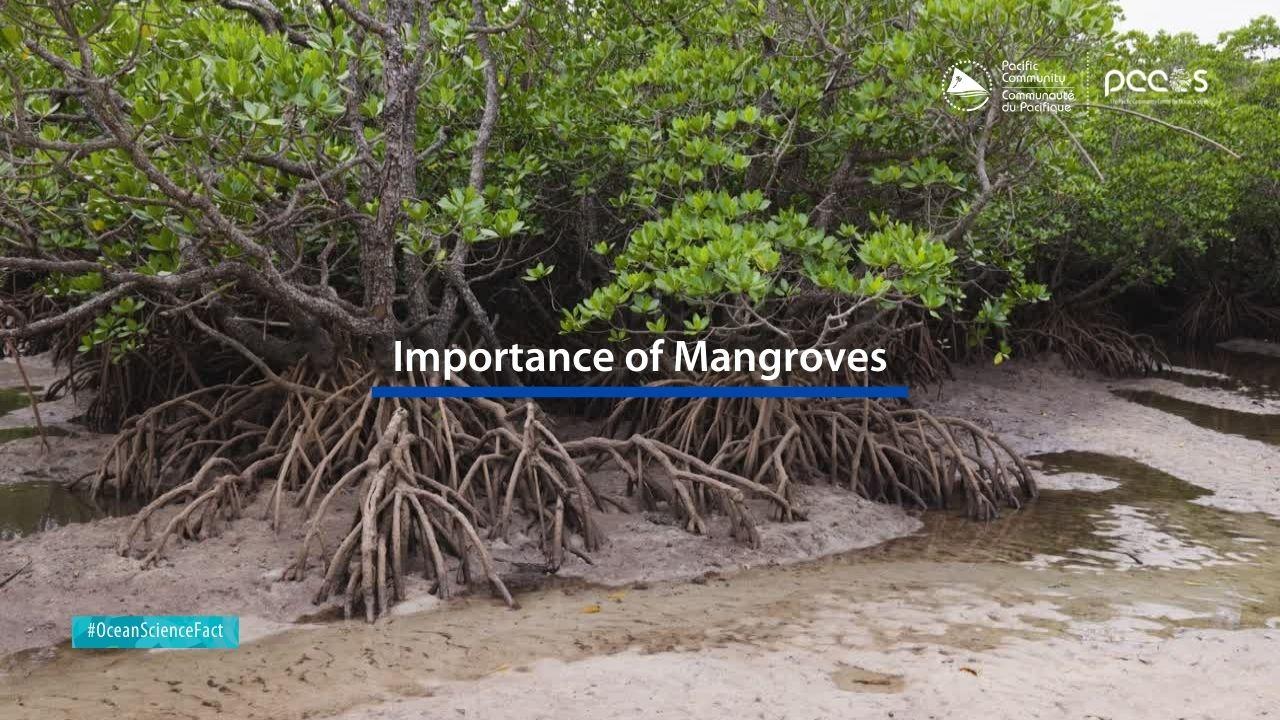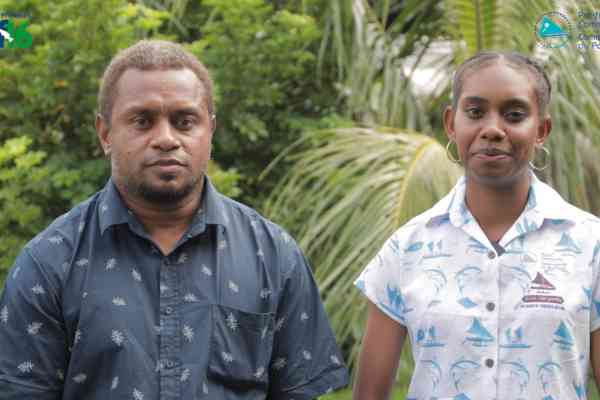Did you know the Mangrove Forest can stabilize coastlines? Mangrove is a type of tree or shrub that grows in tidal, tropical, costal swamps with numerous tangled roots that grow above ground.
There are approximately 80 different species of mangrove trees. Usually found in areas with low-oxygen soil and slow-moving water that allows fine sediments to accumulate. And normally found growing in tropical and subtropical latitudes near the equator because they cannot withstand freezing temperatures. The roots of the mangroves help stabilize the coastline, reduce erosion from storms, currents, waves, and tides. Also making it an ideal and attractive type of forest for fish and other organisms seeking food and shelter from predators and harsh elements. (Source: NOAA)
Research data indicate that mangroves are among the most carbon-rich forests in the tropics, containing on average 1,023 Mg carbon per hectare. (Source: CIFOR)



